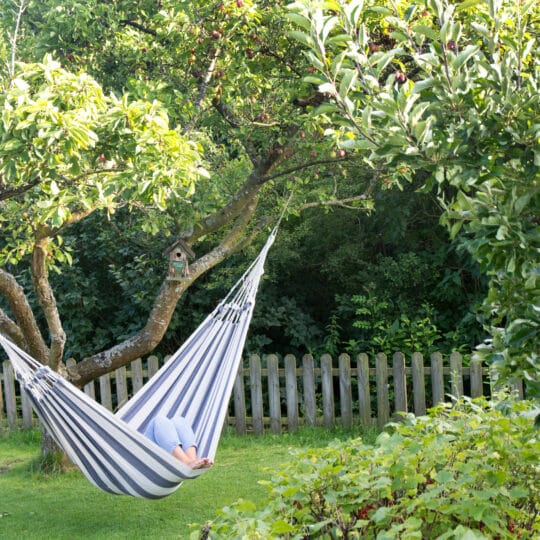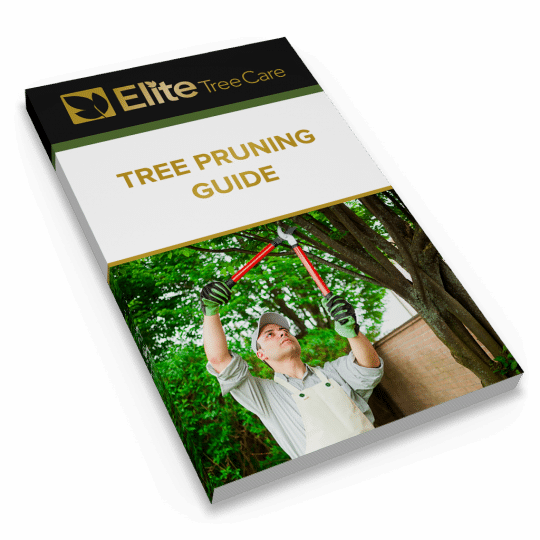5 Summer Tree Pruning Tips
And 5 Reasons to Trim This Season
Posted
June 9, 2022

The start of summer is (un)officially here! Friends and family are gathering outdoors to enjoy backyard BBQs and bask in the sun. Thank goodness you have that shady tree to provide some relief. You may even have more than one that now supports a hammock in between its sturdy trunks. The key to all of this backyard bliss is keeping these trees in top shape. Sometimes that means a little extra maintenance even though it’s not the best season to trim. Here are some summer tree pruning tips to help ensure your tree stands tall this season.
Summer Tree Pruning Tips
Is it the best season to prune? No. Should that stop you from all trimming? No. There are still certain circumstances that require pruning branches from an otherwise healthy tree. These include:
- Dead branches. If you notice a branch without any leaves, it’s best to trim it now.
- Diseased branches. Any limb that shows signs of fungal growth should be pruned and disposed of properly so the disease doesn’t spread.
- Broken branches. Whether it broke in a storm or other natural causes, it should be removed before it falls on its own.
- Other low-hanging, hazardous branches. Branches over driveways, walkways and other high-traffic areas should be trimmed to clear the path for anyone walking or playing underneath.
- Branches that already bloomed. Some trees and shrubs that already flowered in the spring could use some pruning now to regain their shape.
Overall, if you have to prune for safety reasons, any season is the right one. Prune as much as you have to to keep people and structures safe. If you can delay trimming, wait until the dormant season. But if your tree is weak and at higher risk of not surviving a major storm, get out the pruning shears.
Cut Conservatively
Now you know what to cut, but do you know how to properly prune your tree? How you cut the branches also affects the health of the plant. Some things to keep in mind:
- Use clean tools. Anything used to prune diseased branches should be cleaned before any other cuts are made.
- Make clean cuts. Ripping or tearing a branch could lead to poor regrowth and disease.
- Cut on an angle. This helps any moisture run off to prevent fungus.
- Leave more than 25 percent of the leaves to provide the tree with enough shade and nutrients.
- Ask for help. If you’re still unsure what to cut, consult a pro before you start trimming.
Professional Tree Trimming
If you’d rather spend more time enjoying the summer than maintaining your trees, call an expert to help take care of the necessary pruning. Contact Elite Tree Care for anything from pruning to tree removal, but be sure to relocate that hammock first.

Download Your FREE Tree Pruning Guide
Learn how, when, and how much to trim or prune your trees to maximize their health and beauty. This guide covers the factors that go into tree trimming (pruning) and will help you make a more informed decision about hiring a professional tree service.